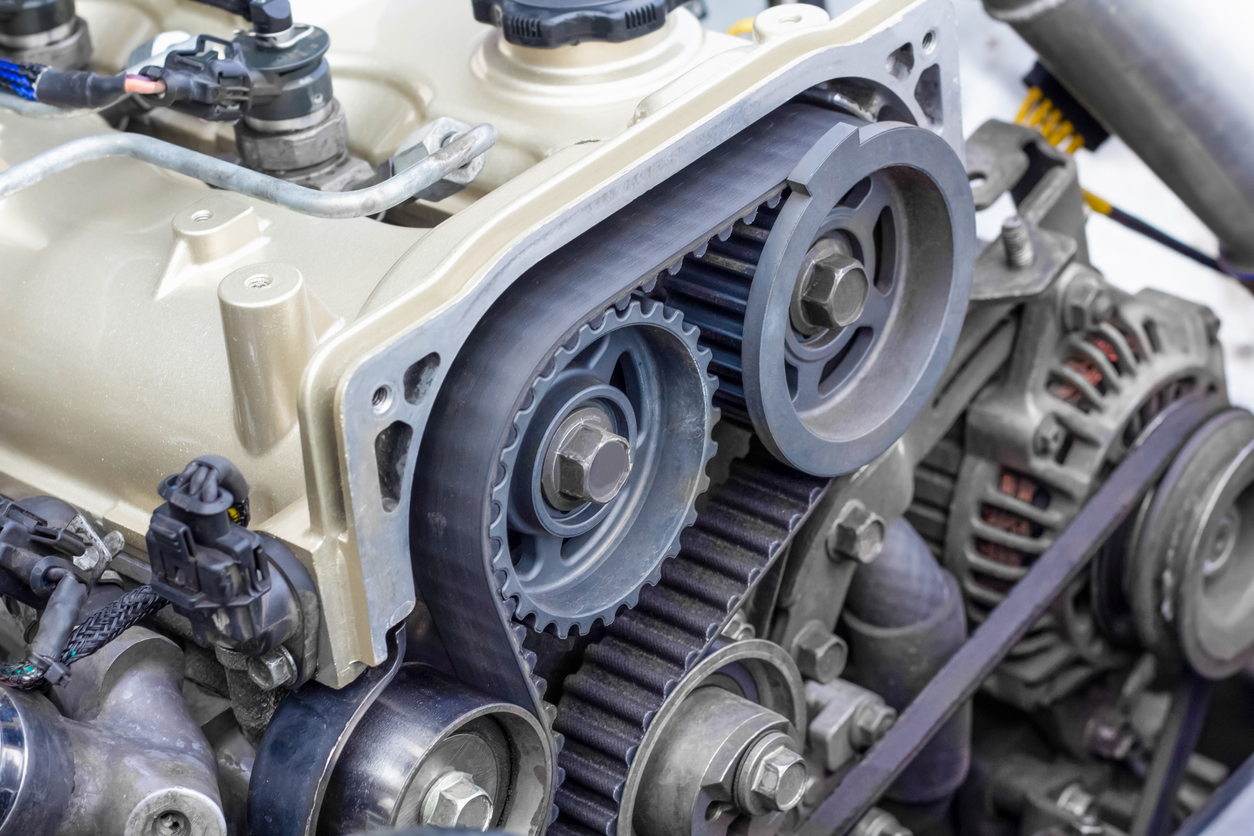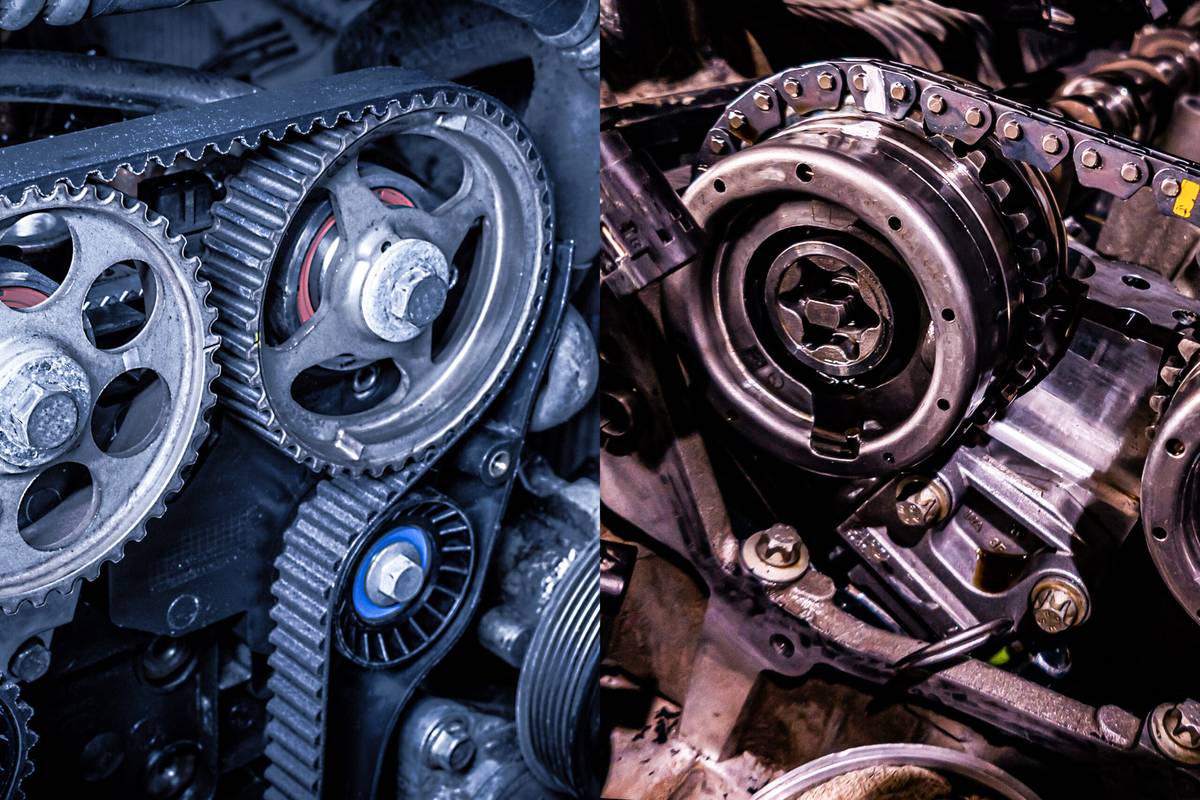Optimal Timing for Replacing Your Car’S Timing Belt
Replacing your car’s timing belt at the recommended mileage or time interval is crucial to prevent potential engine damage and costly repairs. The timing belt is a critical component of your car’s engine that controls the synchronization between the crankshaft and the camshaft.
It ensures that the valves open and close at the right time, allowing fuel and air to enter the combustion chamber and exhaust gases to exit. Over time, the timing belt can become worn, stretched, or damaged, which can lead to engine failure if not replaced promptly.
We will discuss the optimal timing for replacing your car’s timing belt and the consequences of neglecting this important maintenance task. By understanding the importance of timely replacement, you can avoid costly repairs and ensure the longevity of your vehicle.
Signs Of Wear And Tear
Ensure that you’re vigilant for signs of wear and tear on your car’s timing belt, as failure to replace it at the optimal time can lead to significant damage to your engine. Look out for fraying, cracking, or excessive slack in the belt, and have it replaced promptly if any issues are detected.
Mileage
A crucial factor to consider when replacing your car’s timing belt is the mileage it has accumulated. Generally, timing belts are recommended to be replaced every 60,000 to 100,000 miles. However, it’s essential to consult your vehicle’s owner’s manual for the manufacturer’s specific recommendations.
Visual Inspection
Performing a visual inspection is another way to determine if your car’s timing belt needs replacing. Trained professionals recommend examining the belt for signs of wear and tear. Here are some visual indicators to look out for:
- Cracks and Fraying: Check the belt carefully for any visible cracks or fraying. These are clear indications that the belt has endured excessive stress and should be replaced immediately.
- Missing Teeth: Inspect the teeth on the timing belt. If any are missing or damaged, it’s a sign of wear and tear and replacement is necessary to avoid potential engine damage.
- Glazing and Pilling: Observe the surface of the belt for a glazed or shiny appearance, which can indicate overheating. Additionally, if the belt has pill-like formations, it may have suffered excessive wear and should be replaced.
- Tension and Alignment: Assess the tension and alignment of the timing belt. If it appears loose or doesn’t align with the pulleys correctly, it’s a clear sign that it needs to be replaced.

Credit: www.autozone.com
Consequences Of Delaying Replacement
Engine Damage
Delaying the replacement of your car’s timing belt can lead to severe engine damage. The timing belt is a critical component that synchronizes the rotation of the engine’s camshaft and crankshaft. It ensures that the valves open and close at the right time, preventing any interference between the moving parts. Over time, the timing belt can become worn, stretched, or even break. When this happens, the valves and pistons can collide, resulting in significant engine damage.
Costly Repairs
The consequences of delaying timing belt replacement go beyond engine damage. When the timing belt fails, the repair costs can skyrocket. Without swift action, the damaged valves, pistons, and other components may require extensive repairs or even a full engine replacement. These repairs can be extremely costly, potentially running into thousands of dollars. Additionally, the longer you wait to replace the timing belt, the higher the chance of further damage to the engine, leading to even more expensive repairs.
Cost Of Replacement
When considering the cost of replacing your car’s timing belt, it’s essential to factor in both labor and parts costs. Understanding the approximate expenses involved in this maintenance can help you plan and budget effectively. Here’s a breakdown of the costs associated with replacing your car’s timing belt:
Labor Costs
The labor costs for replacing a timing belt can vary based on the make and model of your vehicle. On average, professional mechanics charge around $300 to $500 for labor. Keep in mind that this estimate may differ depending on the complexity of the job and the prevailing labor rates in your area.
Parts Costs
When it comes to the parts needed for a timing belt replacement, the total expense typically includes the cost of the belt, tensioner, and water pump if required. The parts cost generally falls in the range of $100 to $300, although this can vary depending on the type of vehicle and the manufacturer of the components.

Credit: www.cars.com
Factors Affecting Timing Belt Life
Highway driving can prolong timing belt life due to consistent speeds.
Stop-and-go driving in city traffic can shorten the lifespan.
- Regular oil changes reduce wear on the timing belt.
- Installing a new timing belt during recommended intervals is crucial.
Importance Of Professional Inspection
Professional inspection is crucial to assess the condition of your car’s timing belt accurately.
Expert Analysis
Auto experts have the knowledge and tools to conduct a thorough evaluation of your timing belt.
Peace Of Mind
Having professionals inspect your car’s timing belt gives you assurance that it is in optimal condition.

Credit: resource-center.meineke.com
Frequently Asked Questions For Optimal Timing For Replacing Your Car’s Timing Belt
When Should You Replace Your Timing Belt?
Replace your timing belt every 60,000 to 100,000 miles or as specified by your vehicle manufacturer. Regularly inspect the belt for signs of wear, such as cracking or fraying. If you notice any issues or your vehicle is approaching the recommended mileage, it’s time for a replacement to prevent belt failure and potential engine damage.
Can A Timing Belt Last 200000 Miles?
Yes, a timing belt can last up to 200,000 miles with proper maintenance and usage. Regular inspections and timely replacements are recommended to ensure the belt’s longevity and prevent any potential damage or failure.
At What Mileage Should Timing Belts Be Replaced?
Timing belts should typically be replaced every 60,000 to 100,000 miles. Regular maintenance is crucial to prevent engine damage.
What Is The Average Life Of A Timing Belt?
Timing belts typically last between 60,000 to 100,000 miles. Regular maintenance helps extend their lifespan.
Conclusion
It’s crucial to replace your car’s timing belt as per the manufacturer’s recommendations to avoid costly damages. By staying proactive, you can ensure your vehicle’s longevity and optimal performance. Keep in mind the recommended mileage for replacement and consult with a professional mechanic for expert guidance.
Stay informed and stay ahead!



